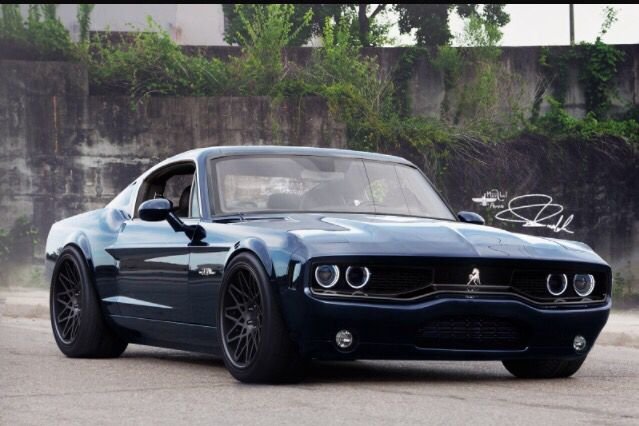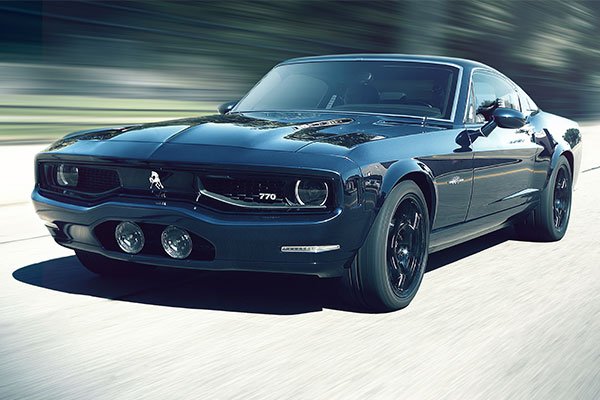
The retro muscle car revival started by the Ford Mustang appears to be winding down: the Mustang itself has taken on a truly modern look in its current generation, the new Chevrolet Camaro has largely diluted the influences of the 1967 classic in its design, and we can expect Dodge to follow suit. along the same path when launching the new Challenger.
That said, the appeal of driving a modern car with a classic look will never fade — it’s no wonder that restomod projects , which put current mechanics and equipment into old cars, are so well regarded among enthusiasts. But what happens when someone decides to create a “new vintage car” from scratch? The Equus Bass 770 appears.
We talked about it when we were still Jalopnik Brazil , a long time ago, but it’s only fair that we put it here on FlatOut too — especially after some readers gave us the touch. And it is a very interesting car indeed!
Not much is known about its founder, Lebanese businessman Bassam Abdallah, other than the fact that he had a lot of money (of course) and that he was a fan of American culture from the 1960s and 1970s. Abdallah decided to create Equus — whose slogan, “Born in the USA” is borrowed from a Bruce Springsteen song — to bring back the spirit of classic American muscle cars in an all-new car that’s more powerful than anything that hit the streets at the time.

Its first and only model so far is the Bass 770. “Bass” means electric bass in English, while “770” (pronounced “seven seventy”) represents the individual displacement of each cylinder of the Chevrolet LS9 V8 engine of 6.2 liters. With a mechanical compressor, the same engine as that used by the Corvette ZR1 of the previous generation (C6) delivers 646 hp and 83.6 mkgf of torque and is mounted in a central-front position, in an aluminum monoblock developed in- house . It is capable of taking the Bass 770 up to 100 km/h in 3.4 seconds, with a top speed of 340 km/h, according to Equus.

It doesn’t sound bad to us — even more so with this rumble, which perfectly matches the look of the Bass 770. Looking at it, the influences of the muscle cars of yesteryear are clear. The bodywork, all aluminum with carbon fiber reinforcement panels, is very reminiscent of the first Mustang—in fact, we wouldn’t be surprised if it was one of those new Mustang bodies made by Dynacorn. The front reminds a little of the Pontiac GTO by the split grille, the Dodge Challenger by the recessed headlights and the Shelby GT500 by the auxiliary lights on the bumper; while the rear harks back to the Camaro, the Challenger itself (especially the 1970 model) and, again, the Shelby GT500. It’s a mess that had everything to go wrong, but are you going to say it wasn’t cool? Inside, the leather-wrapped dashboard, three-spoke steering wheel, round knob on the gear lever, and the design of the seats and door linings could have been designed by any of Detroit’s big three, and despite the modern elements ( like the touchscreen on the dashboard, the electric seat adjustment and the digital air conditioning system), the design oozes old school . Everything also looks very well finished, or at least that’s the impression the photos leave.